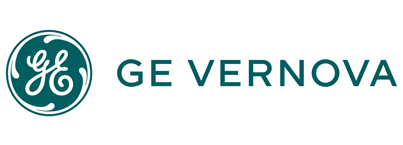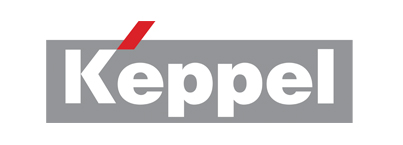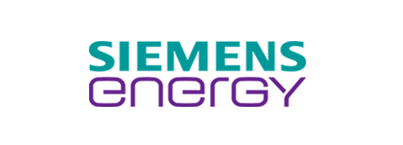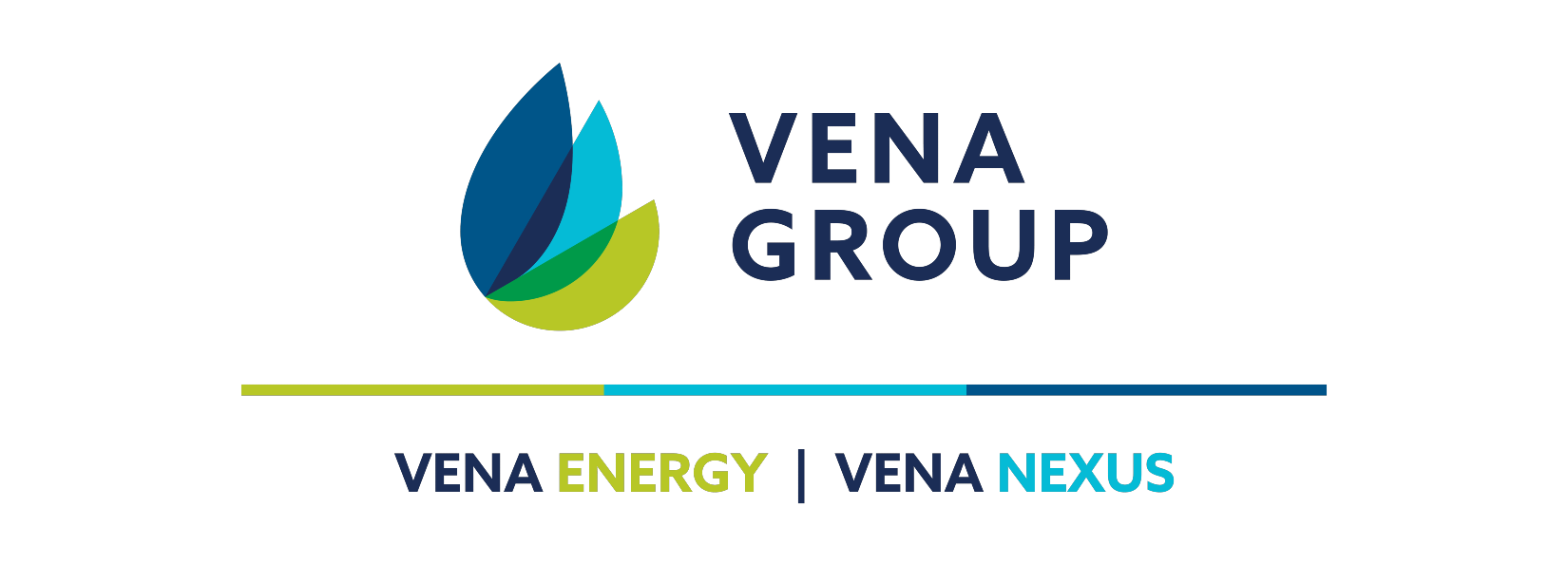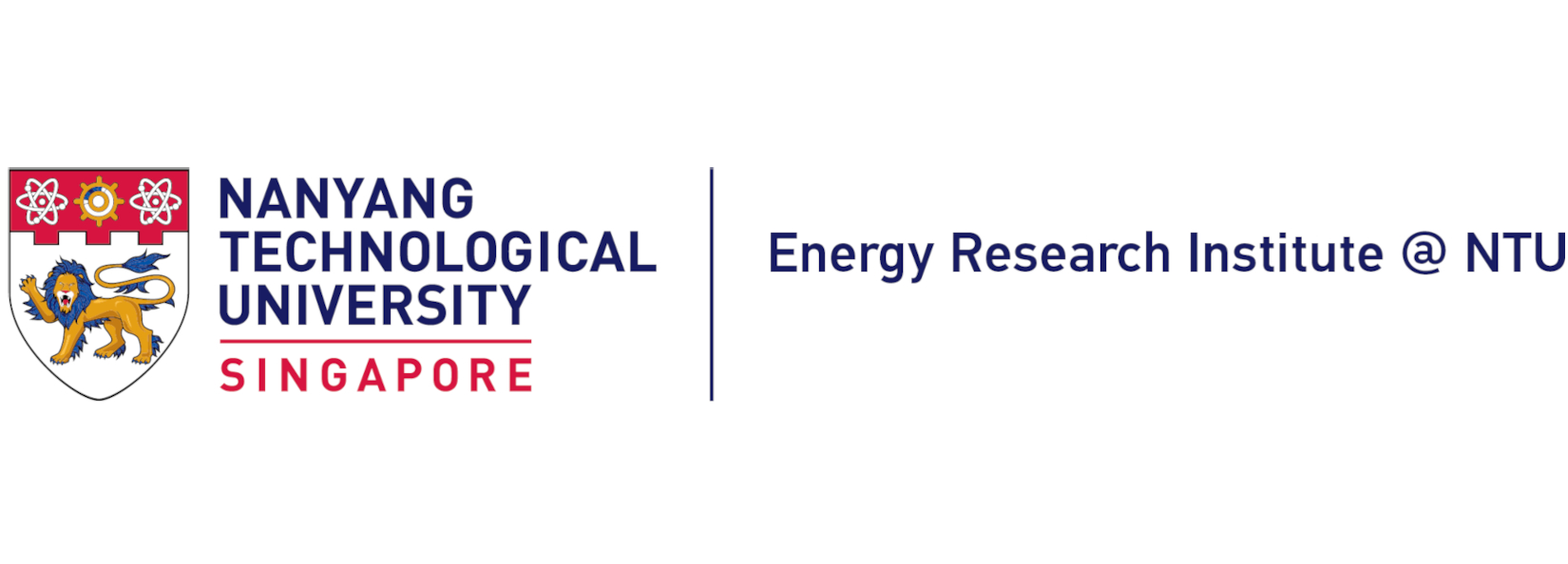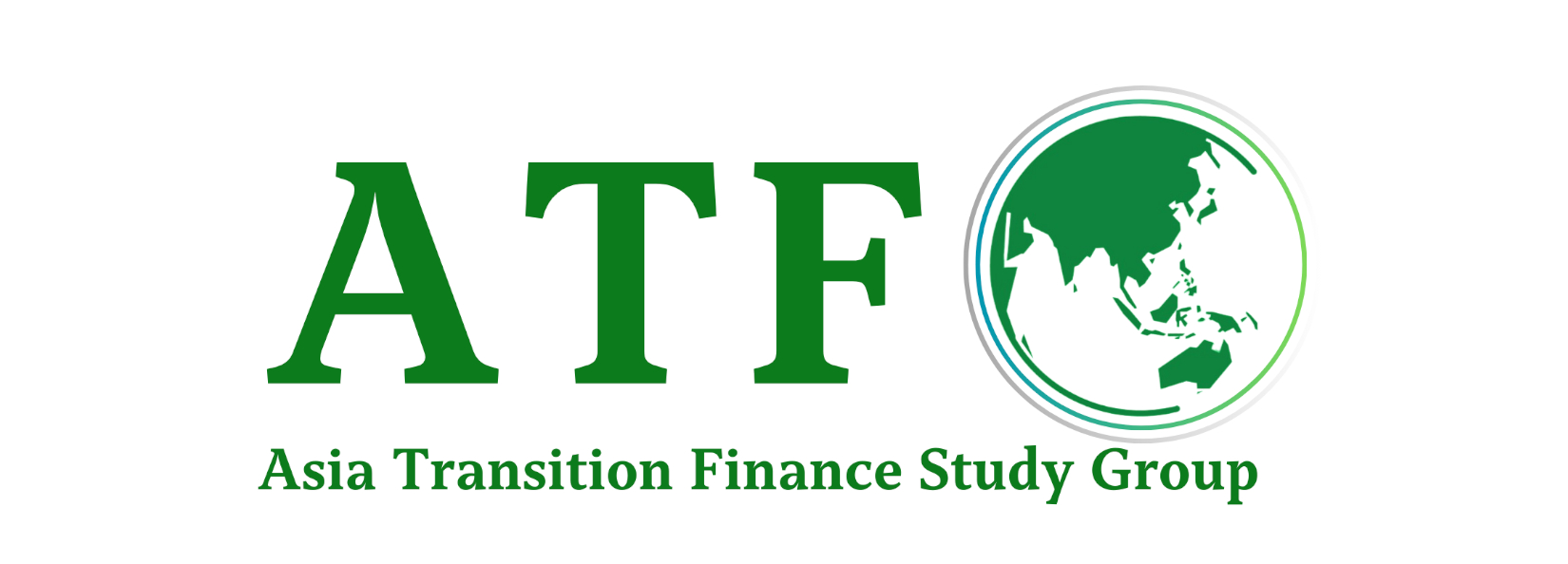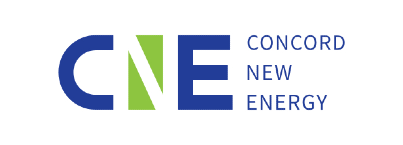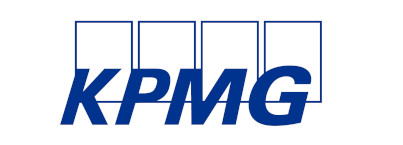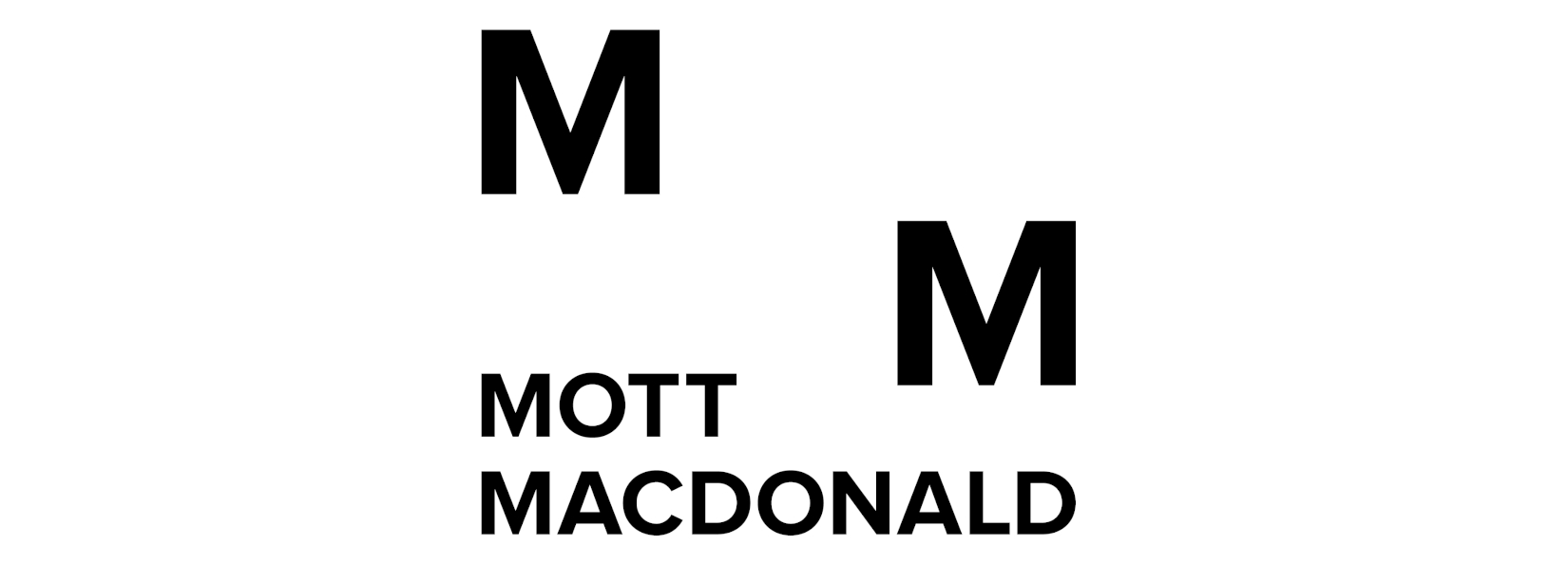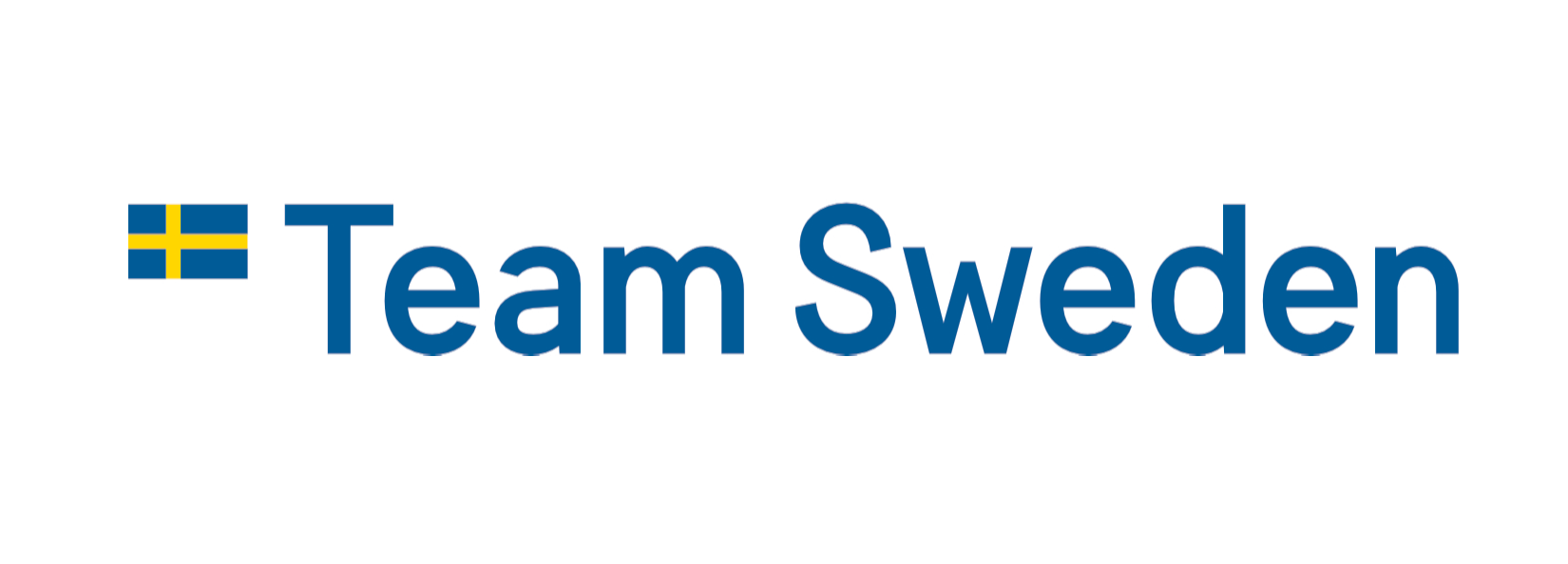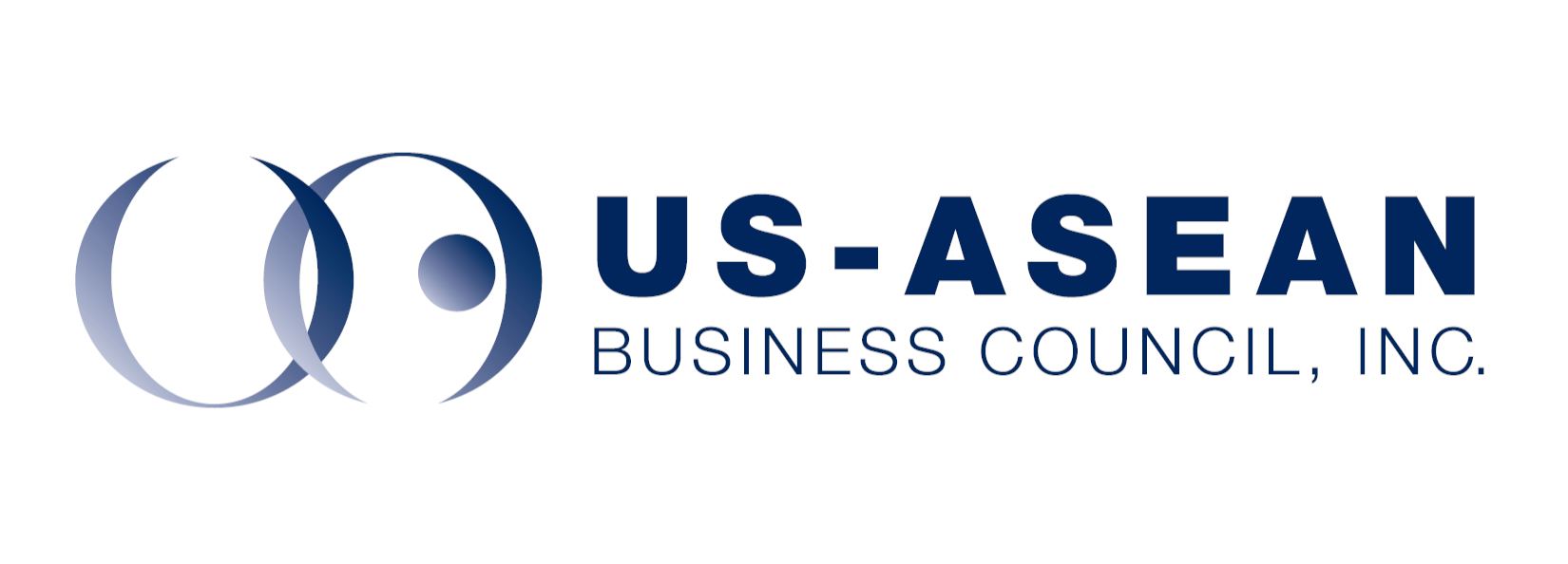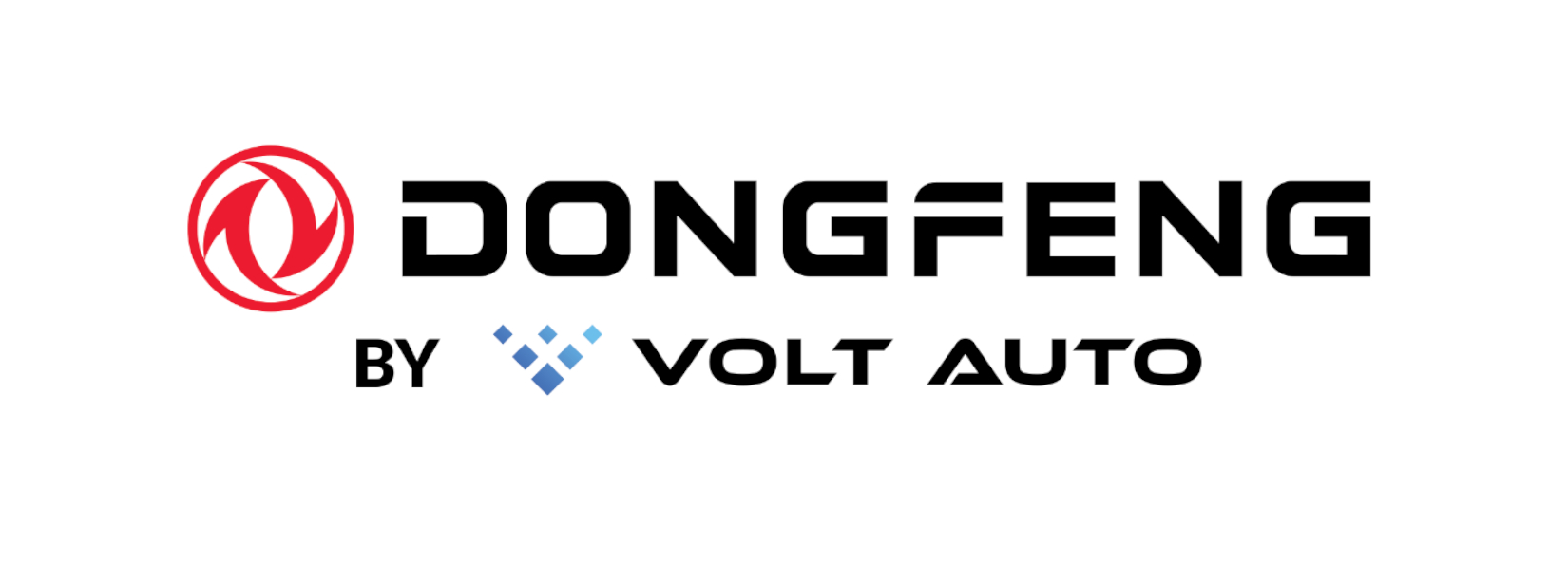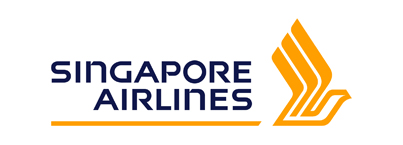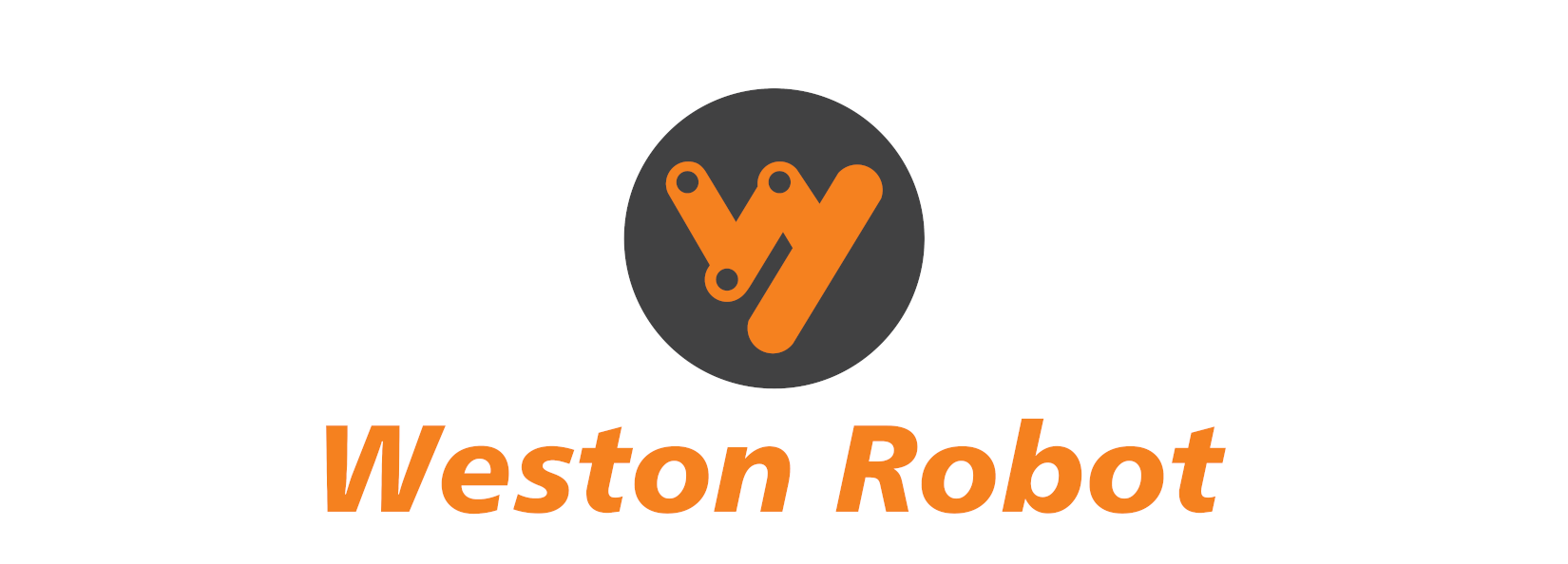Across regions, policymakers and innovators are rethinking nuclear's role in the energy transition. At the SIEW Thinktank Roundtable on "The Global Nuclear Energy Landscape: Current State and Emerging Applications", energy experts discussed how nuclear's evolution could strengthen system reliability and accelerate low-carbon integration.
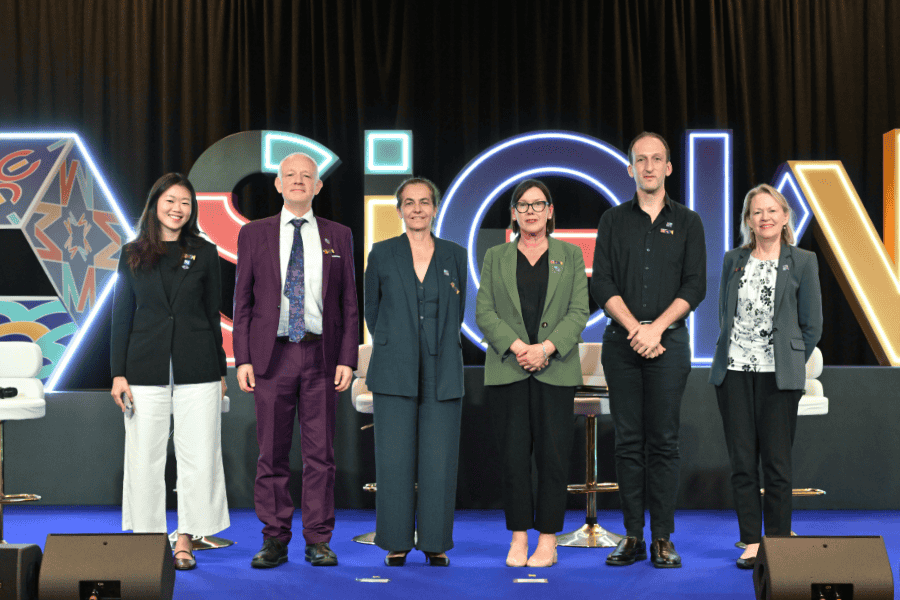
Moderated by Chin Hui Shan, Journalist (Environment and Science), The Straits Times, the session brought forward perspectives on how nuclear can support the next stage of the energy transition.
Nuclear power enters a new growth phase
Global nuclear generation reached a record high in 2025. More than 60 reactors are under construction and over 30 countries have pledged to triple capacity by 2050.
According to Mary Warlick, Deputy Executive Director, International Energy Agency (IEA), this growth reflects renewed focus on energy security, rising demand, and reliable low-carbon supply.
Momentum is strongest in Asia, including rapid growth in China. Established markets are also extending plant lifetimes, with more than 760 reactors now operating beyond their initial terms. Together, these trends show that nuclear is once again becoming an important part of the global energy mix.
Small modular reactors could reshape nuclear deployment
Interest in small modular reactors (SMRs) is accelerating. The first units are expected to come online by 2030. Collectively, they could account for about 10 percent of global nuclear capacity by 2040.
Speakers highlighted that SMRs can complement renewables and hydrogen in integrated systems. They can support industrial clusters, remote regions, and flexible power demand.
These smaller, scalable designs are also attracting new financing models. They make nuclear more accessible to emerging economies and help bridge the gap between policy ambition and project execution.
Integration, not isolation, defines nuclear’s future
Dr Michael Short, Adjunct Professor, Institute of Materials Research and Engineering (IMRE) Agency for Science, Technology, and Research (A*STAR), said nuclear must work alongside renewables and hydrogen, not compete with them. He noted that energy diversity strengthens resilience and policy stability.
Beyond electricity, nuclear offers solutions for clean hydrogen production and the decarbonisation of fuels, shipping, and heavy transport. Together, these hard-to-abate sectors account for roughly twice the energy use of the power sector. He also cautioned that workforce renewal is critical.
Financing and regulation are shifting through collaboration
Building the systems that enable nuclear’s expansion will depend as much on financing and regulation as on technology.
Dr Jonathan Cobb, Senior Programme Lead, Climate, World Nuclear Association, pointed to growing investor appetite for nuclear. He noted that major financial institutions are joining governments to support new nuclear capacity. He also highlighted increased cooperation among regulators to streamline licensing while maintaining rigour.
Lee McDonough, Director General, Department for Energy Security and Net Zero, UK, outlined how the country is advancing new risk-sharing frameworks. For instance, the Government participating in direct equity and regulating asset-based models so financial flows start earlier to offset construction risk.
Both speakers noted that stronger international cooperation is vital to sustaining momentum. Governments, regulators, and financial institutions must work together to ensure nuclear’s safe and timely expansion.
Consistency and collaboration anchor long-term stability
Maria Faury, Head Coordinator of the French Nuclear Sector, CSFN, shared how consistent national policy and sustained investment have made nuclear central to France's grid. It now supplies about 65 percent of the country's electricity.
France's reactors adjust output daily to match demand. This flexibility helps balance renewable variability and maintain grid stability. This approach reflects how interconnected systems and steady collaboration can power a more reliable, low-carbon future.
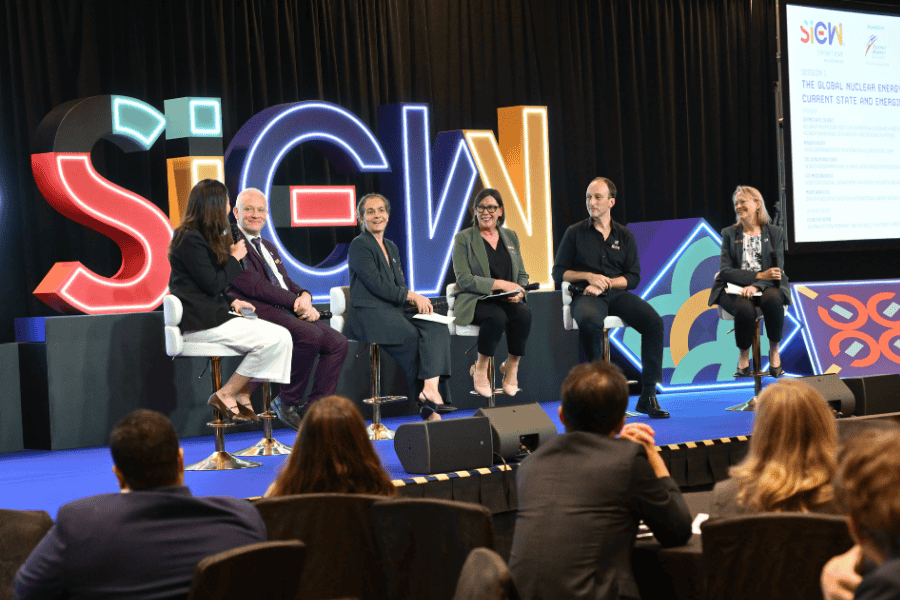
Moderator Ms Chin concluded that nuclear's value lies in how it connects with, and not competes against, other low-carbon technologies. She noted that nuclear is part of a larger, integrated puzzle powering the energy transition.
Her remarks summed up a broader theme at the roundtable discussions. That building tomorrow's energy systems begins with the connections we strengthen today.
Stay tuned as the conversation evolves throughout the day. Follow @SIEW_sg on Telegram and X (formerly Twitter) for the latest insights.


